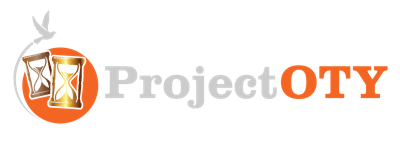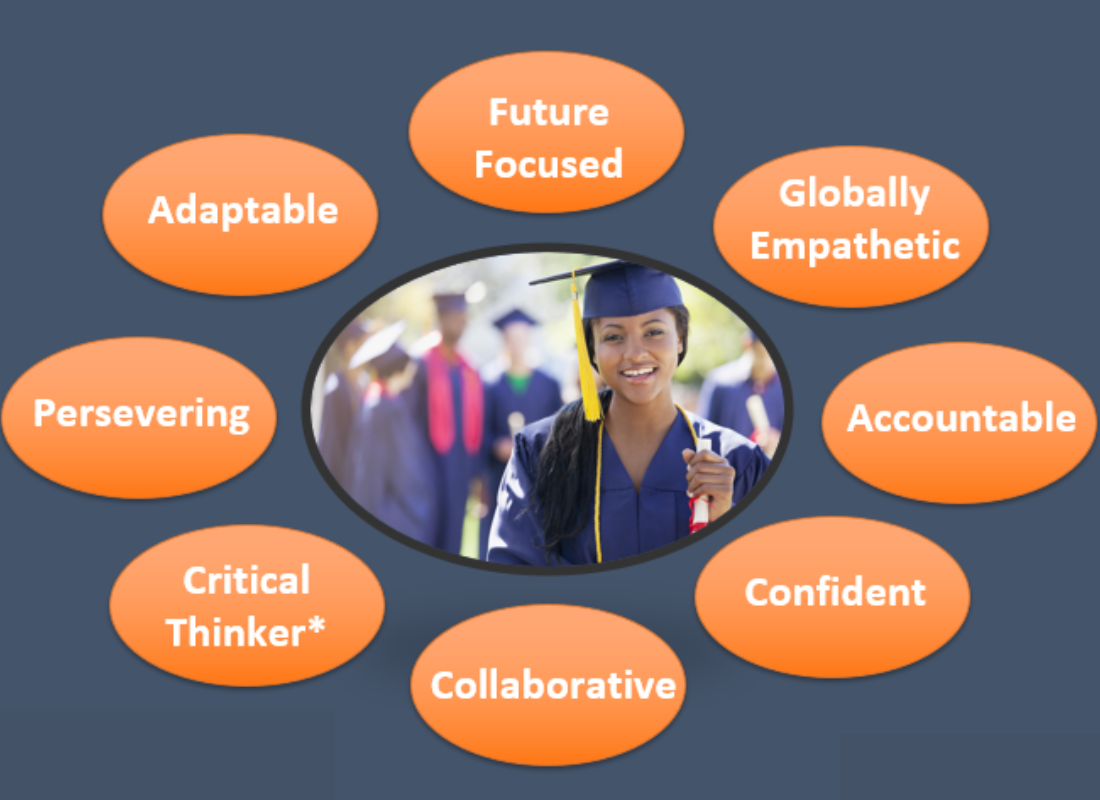What skills do students need for today’s world? How can education set students up for success after graduation?
These are questions that educators and employers alike are currently grappling with. As technology continues to rapidly evolve, it’s becoming increasingly clear that students meeting traditional academic standards isn’t enough to prepare them for their future.
That’s where having an established graduate profile for your school and district comes into play.
In this article, we’ll explore the importance and process of designing a graduate profile. We’ll look at the skills and attributes that should be included, and how educators and community stakeholders can work together to ensure that students are prepared for the challenges of the future.
What is a Graduation Profile?
Also called a Profile of a Graduate or a Learner Profile, a graduate profile is a set of skills, knowledge, and attributes that students should possess by the time they graduate high school or college. This is separate from a mission statement for a school, as a graduate profile prioritizes the agreed-upon goals for learning that prepare students for success in their life, career, and college experience,
A strong profile takes into account the increased need for students to acquire new skills, embrace challenges, and be able to overcome transformative-type moments on a daily basis.
Why Create A Graduate Profile?
By creating a graduate profile, educators can have a clear vision and common goal of what they want their students to achieve by the time they finish school. This helps them plan lessons and classroom experiences that will help students develop critical skills. It also helps teachers understand the progress students are making and identify areas where certain students might need more support.
At a district and community level, it offers a unifying vision for how existing structures and processes can be transformed to better support students in their learning and future goals. This includes teaching students but also informs training, recruitment, and staff evaluations.
For students, a graduate profile communicates what they need to work towards. It becomes their “North Star”, and helps them set goals and take better ownership of their learning.
How to Create a Graduate Profile
What’s included in the graduate profile?
The “design process” for a graduate profile involves teachers, parents, and district staff collectively considering the following key questions:
- What 21st-century skills and mindsets do students need to thrive in their adult lives in today’s tech-focused and rapidly changing world?
- What skills do students need to embody in connecting and collaborating as community members and global citizens?
- What goals and vision for learning does the broader community have for graduating students?
Beyond these student-oriented questions, consideration should also be given to teacher development. In order to instill 21st-century skills in students, what skills do classroom teachers and administrators need to develop to fulfill their roles?
After these questions have been answered, the competencies for the graduate profile can be determined, which touch on the following skill areas:
Knowledge & Academic Skills:
- Mastery of core subjects such as math, science, language arts, and social studies.
- Critical thinking and problem-solving skills.
- Research and information literacy skills.
- Strong communication skills (written and oral)
- Proficiency in digital technology and tools.
Personal & Social Skills:
- Collaboration and teamwork abilities.
- Adaptability and flexibility.
- Leadership and initiative.
- Time management and organizational skills.
- Self-motivation and resilience.
Character Traits & Values:
- Integrity and ethical behavior.
- Empathy and respect for others.
- Cultural awareness and global citizenship.
- Responsibility and accountability.
- Perseverance and a growth mindset.
Career & Life Skills:
- Career exploration and awareness.
- Goal setting and planning for the future.
- Financial literacy and resource management.
- Entrepreneurship and innovation.
- Life-long learning and adaptability to a changing world.
Community & Civic Engagement:
- Active involvement in community service and volunteering.
- Awareness of social and environmental issues.
- Civic responsibility and engagement in democratic processes.
- Respect for diversity and inclusivity.
- Advocacy for positive change.
Well-Being & Physical Health:
- Emotional intelligence and self-awareness.
- Stress management and resilience.
- Healthy lifestyle choices and physical fitness.
- Balancing work, personal life, and relationships.
- Mindfulness and self-care practices.
The specific components of a graduate profile will vary depending on the educational context and the values and goals of your school or district.
How to Pull It All Together
Once the core competencies are determined, it’s time to compile everything in a document, landing page, or visuals that can be shared across the student body, school, and broader community.
The Portrait of a Graduate toolkit by Batelle For Kids can be a resource in this process. Based on the information shared by districts and communities, they help schools design their profile.
Examples of Graduate Profiles
To give you an idea of what other schools are doing, check out one example of a graduate profile write-up shared by San Francisco Public Schools.
Washington State also offers a multi-page visual for its Profile of a Graduate.
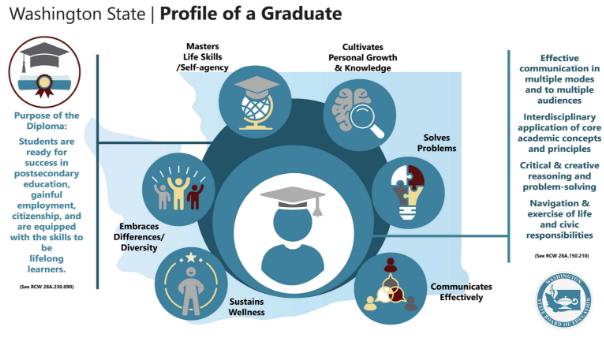
Virginia Beach provides a bulleted list of skills in its published profile.

You Created a Graduate Profile, Now What?
Congrats on building out a shared vision for your school. Now it’s time to direct resources and build out a strategy for making your North Star vision a reality. Here are 6 key steps to consider when putting your graduate profile into action.
Share the Vision
Broadcasting the vision to key staff and community members is the first step. This involves not only sharing the graduate profile in school communications and the website but also setting up a plan to track growth and next steps. This includes scheduling dedicated events and meetings with those involved in creating the profile to review information and feedback.
Create Metrics for Success
How will you know when growth and deeper learning are happening? How can you measure that students are aligned with the collective vision?
Looking forward also involves taking a look at historical data. How can you benchmark against existing graduation rates, assessments, and demographics for prior students?
From there, outline a rubric to map the expectations for learning experiences and demonstrations of students’ growth. This rubric can also be tied to student report cards and assessments where metrics can be included that are tied to the profile. This will involve looking into your learning management system to see how this can be supported.
Engage Students in the Learning & Implementation Process
The graduate profile is geared toward helping students, so have them participate and define what success looks like.
Set up surveys to gather information on where students see themselves relative to the profile and their feedback on classroom experiences and events that have been implemented as a result of having a profile in place.
Have students create measurable goals and a learning plan that are tied to the learner profile in the areas that are a focus for your school or community.
The Project OTY Build YOUR Roadmap platform is one example where students can craft their unique visions in one place and track their progress, goal deadlines, and next steps. From their Roadmap, they can see how they’re growing and improving, and their Unique Strengths that can support their goals. Plus, they can celebrate their accomplishments by sharing their Roadmap with teachers, counselors, and staff members.
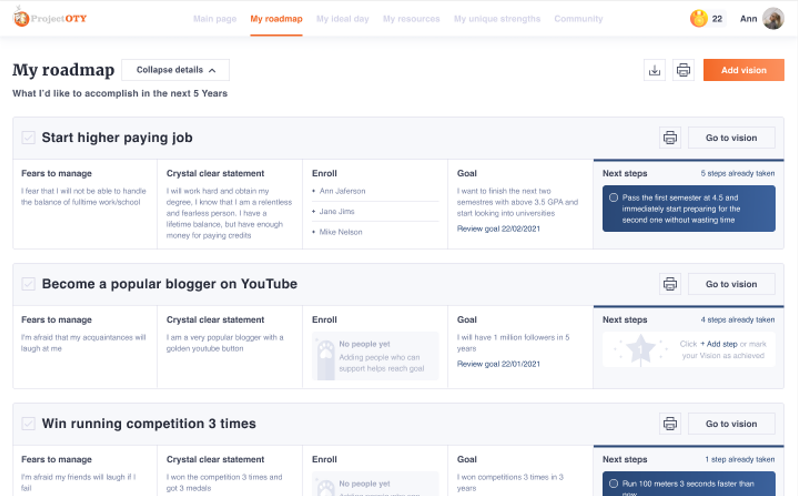
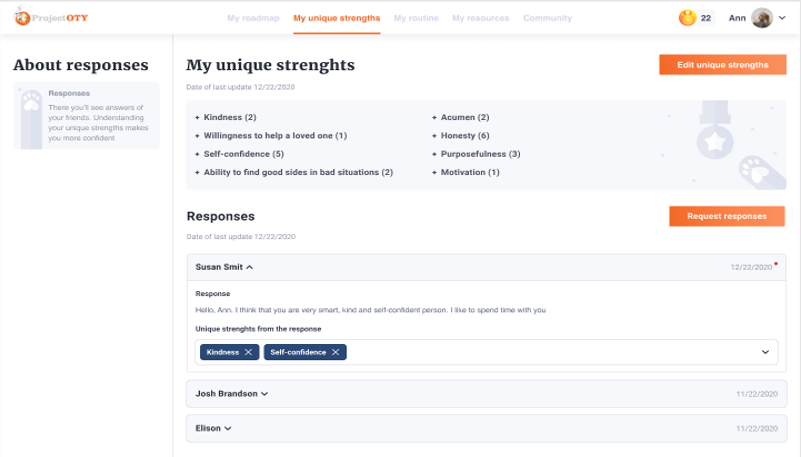
Ultimately, the graduate profile helps students become well-rounded individuals ready for the next stage of their lives, whether that’s further education, a career, or something else they’re passionate about.
Align School Initiatives & Learning Practices with the Profile
Orienting school learning and staff involvement requires allocating resources effectively, keeping in mind budgeting practices and how those can effectively align with the profile.
Take stock of current assessment practices and graduation requirements to consider where areas can be updated and clarified to guide stronger learning experiences that meet the needs of today’s world. For example, do policies and graduation guidelines need to be updated to reflect student experiences in career-focused or community-aligned projects or internships?
Taking this one step further involves mapping out a student’s entire educational journey at your school. Looking at freshman year, is the foundation being laid for students to develop the profile skills consistently throughout their educational journey, rather than focusing solely on their junior and senior years?
From the side of crafting curriculum and processes for assessment: How will students clearly demonstrate the profile skill areas in ways that align with expectations for their future college journey and career? The Aurora Institute outlines its approach to one student’s high school internship project.
For teachers and staff members, consider how existing training and recruitment can be supported to better enable student learning and preparation. These expectations can then be documented in recruitment practices for educator onboarding and included in evaluation criteria.
The Project OTY Build YOUR Roadmap curriculum implemented in high schools and colleges, offers a companion guide and program for teachers to level up their leadership skills in line with their students. Like their students, teachers will also craft their personalized plans based on their needs, career objectives, and future goals.
Consider Multiple Pathways & Connections
The reality is that no two people are the same. Each student will have their own unique strengths, experiences, and moments in life that will inform their future plan and trajectory.
Greater connections allow greater opportunities and flexibility for students to chart a path toward graduation and a future career that aligns with their learning preferences.
As a school, consider ways to connect with the broader community. Lean on community stakeholders to generate ideas and plan events that connect employers and local organizations with students and provide opportunities for real-world experience and career immersion.
Review the Vision
Take stock of what you’ve learned from teachers, community leaders, and students, and make note of where learning practices are leading to clear outcomes or otherwise missing the mark.
Is there a way to improve current resources, schedules, and assessments to better support students and educators? Are there any gaps between graduation requirements and the ability to reflect future competencies? How does this take into account traditionally marginalized voices and provide an equitable learning experience for students?
From there, you can refine your instructional models and introduce new strategies to implement that puts you closer to making the graduate profile a reality.
Additionally, the review process should highlight the wins as collective progress is made in developing competencies, whether across educators, or students. Make note of the leaders and teachers that are going above and beyond to drive progress, inspire student growth, and facilitate collaboration.
This is how the ball gets rolling!
Help Students Become Future-Proof
Being able to send your students out into the world with the skills, mindset, and tools they need is the goal of so many educators. The reality is, how can this effectively take place when students are often disengaged, feeling hopeless about their future, and may not know what’s next for them?
Being able to support every student in the way they want and need is the tricky part and educators are often flying blind.
How can schools support students in today’s world at scale in developing future-proof skills?
Check out our case studies with Corvallis and Beaverton High School to see how Project OTY is supporting student success and teacher leadership development for the 21st century.

